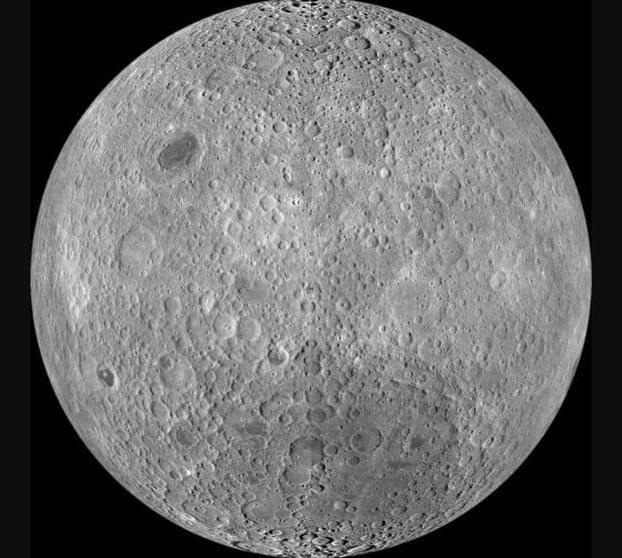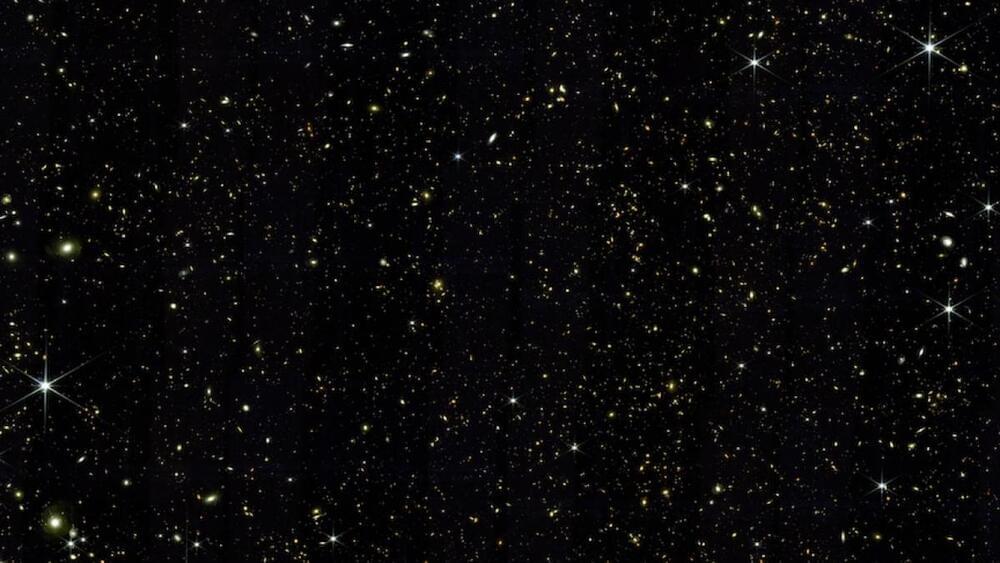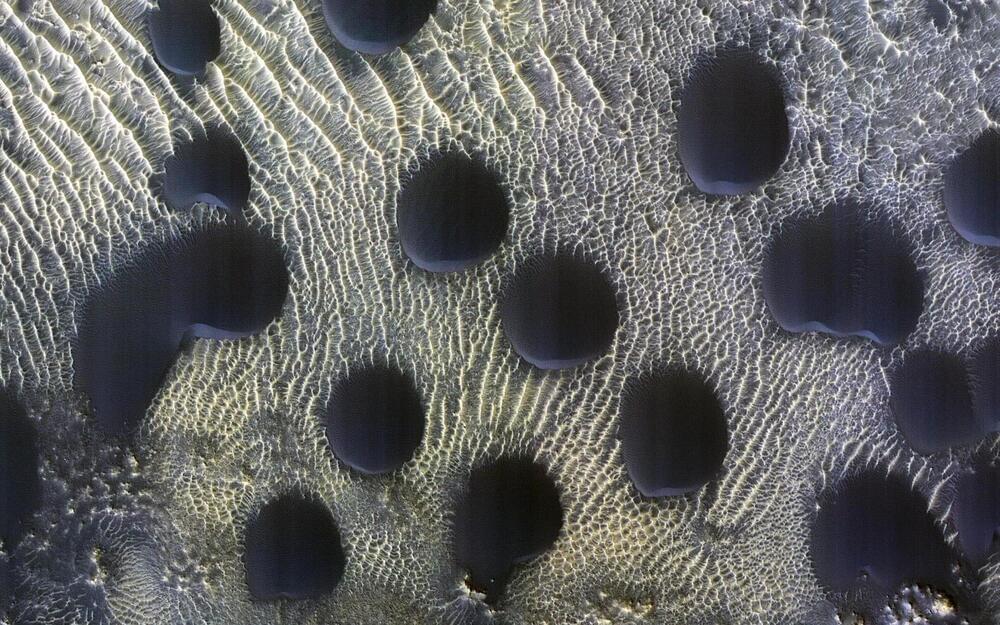International Space Station’s time in orbit ends on 2030.
The International Space Station’s time in orbit will end in 2030. It’ll have to be taken out of its orbit through controlled disintegration into the Earth’s atmosphere. For this, NASA is developing a spacecraft that will maneuver safe disposal of the station.
This was revealed when the Biden administration allocated a budget of $27.2 billion to NASA for the fiscal year 2024, which includes $180 million “to initiate the development of a new space tug” that could deorbit the ISS.





